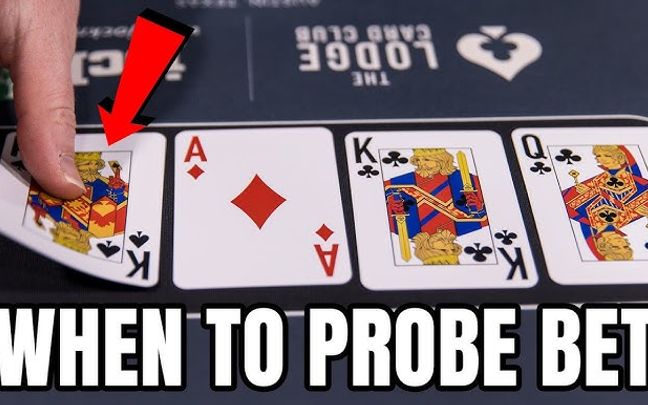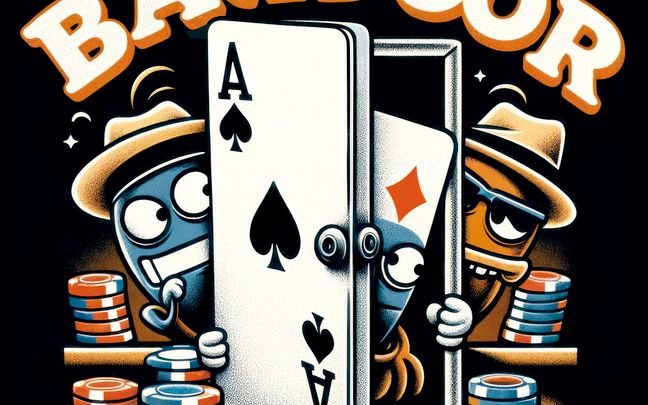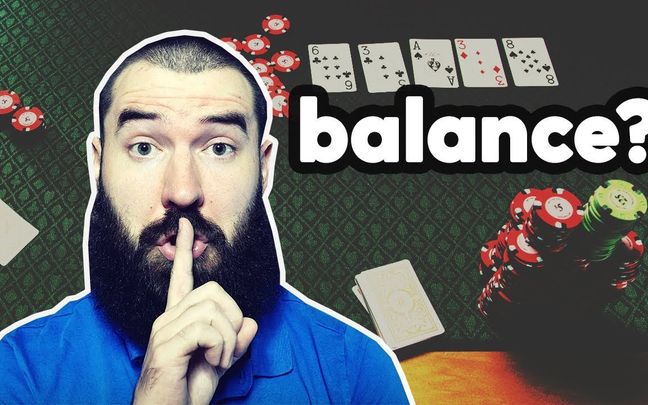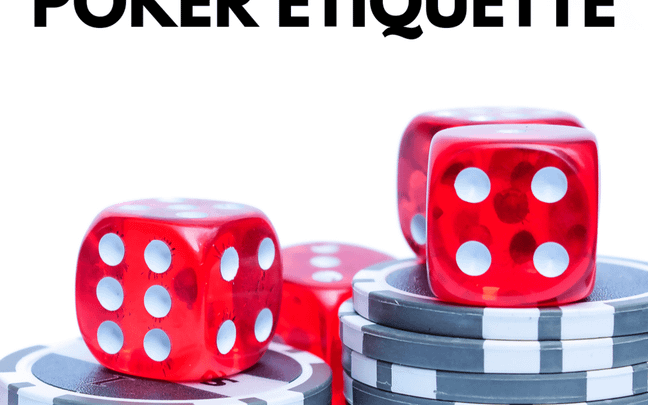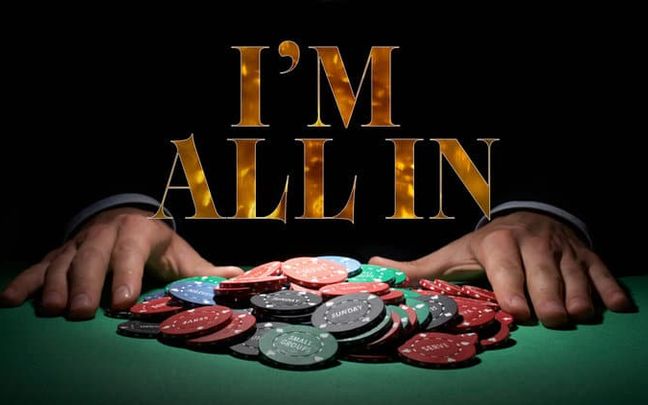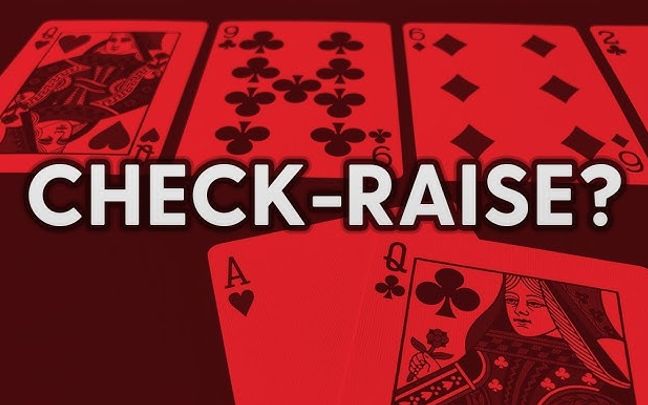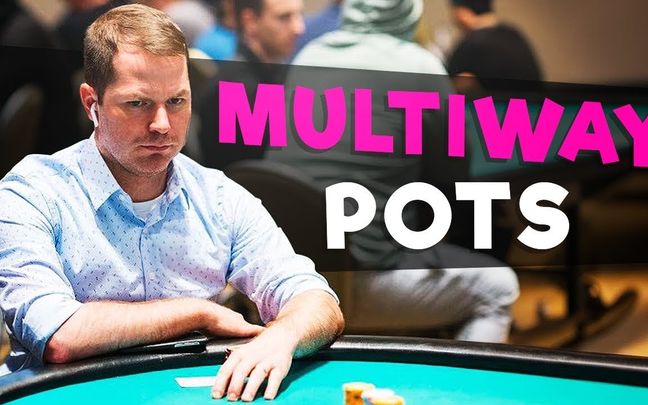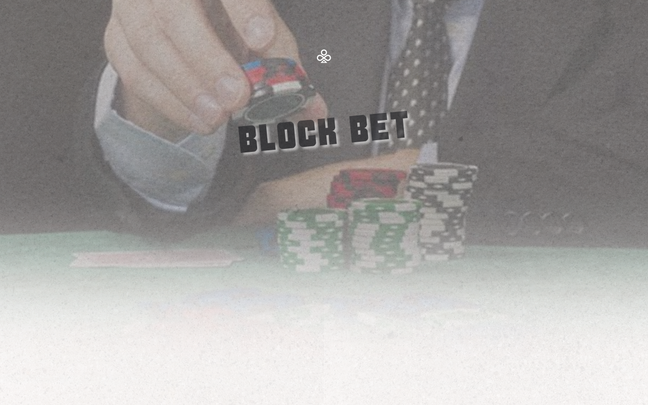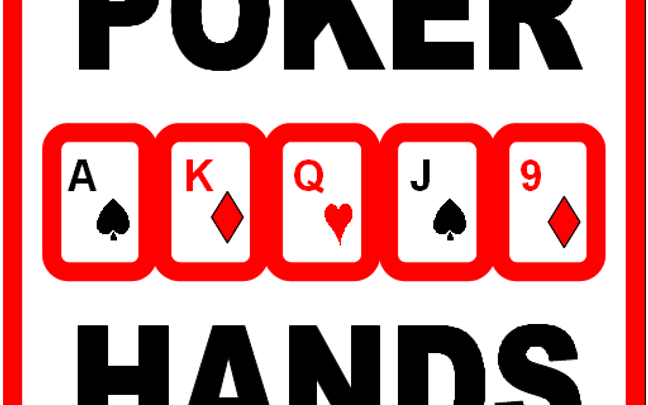Buying a flush in poker is one of the key strategies that can help you optimize your chances of winning. This action typically occurs when you have viable cards and wish to pursue a stronger hand. However, buying a flush also carries several risks that you need to consider carefully.
This article will help you gain a better understanding of the concept of buying a flush in poker, when it should be executed, as well as the benefits and risks associated with this strategy.
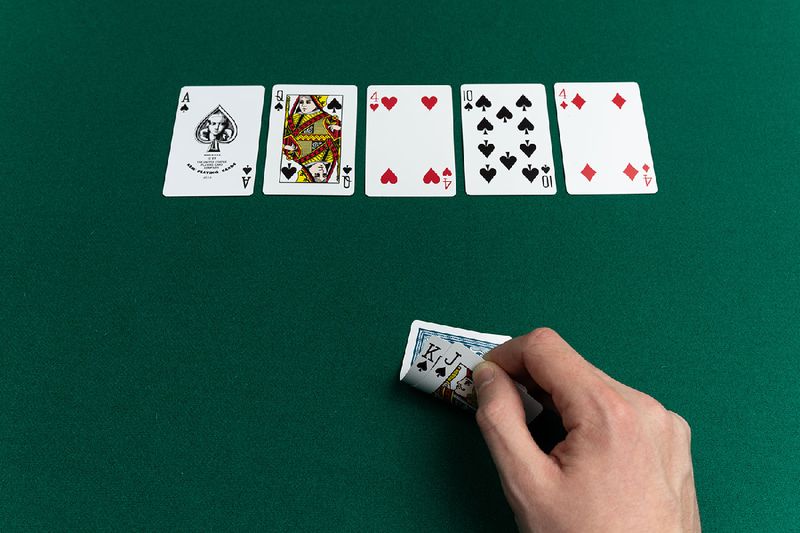
Buying a flush in poker is an important strategy employed by many players.
What is buying a flush in poker?
Buying a flush in poker, often referred to as "buying a flush," is a concept commonly used in the game, especially in variants like Texas Hold'em and Omaha. This concept involves your attempt to form a flush hand by combining your cards with the community cards on the table.
In poker, a flush is defined as a hand consisting of five cards of the same suit (for example, all spades, hearts, diamonds, or clubs). To buy a flush in poker, you need at least two hole cards in your hand and three community cards on the table to form a flush hand.
When discussing buying a flush in poker, you may be referring to the expectation or calculation to obtain the necessary cards to create a flush in the upcoming betting rounds.
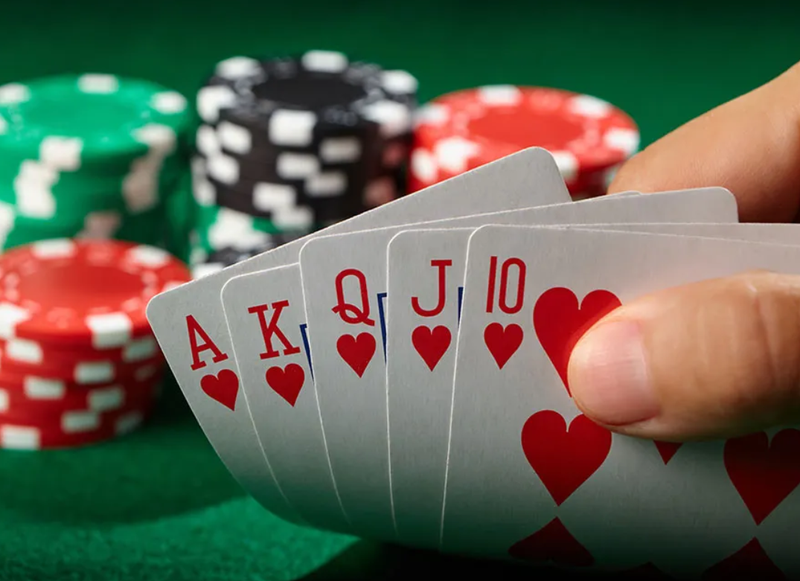
When buying a flush in poker, players typically rely on the probability of completing their hand.
When Should You Buy a Flush in Poker?
Buying a flush in poker is an important strategic decision, and the timing often depends on various factors. Below are the key elements you should consider when deciding whether to buy a flush in poker.
Benefits of a Flush in Poker
If you already have some cards in hand along with community cards that can potentially form a flush, buying a flush becomes a logical decision. The benefits of having a flush are significant, as it can beat many other hands in the game.
A flush can help you win in many situations, especially when your opponents have strong hands but not flushes. It is essential to assess the potential benefits of a flush against the number of chips you need to invest. If you have at least four cards of the same suit and one or two cards remaining in the deck, you have a high chance of completing your flush in the upcoming betting rounds.
Betting Situation
The betting situation is also a crucial factor when deciding to buy a flush in poker. If the pot is large and you feel confident that you can complete your flush, investing more chips into the hand to pursue your cards may be a wise decision.
A large pot not only provides the opportunity for a significant win but also incentivizes you to continue chasing your hand. However, you also need to consider the size of your opponent's bet. If they are betting heavily, this could indicate that they have a strong hand. In such cases, pursuing a flush may become risky, and you need to evaluate your chances of winning.
Opponents and Betting Actions
One factor you cannot overlook is monitoring your opponents' betting actions. If you notice that an opponent has bet a substantial number of chips into the pot without any signs of hesitation, this may suggest that they have a strong hand. In these situations, you need to be cautious and reassess your chances of completing your flush. Sometimes, abandoning your intention to buy a flush in poker can be the best choice if you see too many risks.
Referencing Probabilities
Referencing probabilities is also an essential element. If you have certain cards in hand and the community cards are favorably positioned to complete a flush, calculate the odds of receiving the necessary card in the upcoming betting rounds. If the probability is high and you believe this decision could yield significant value, confidently proceed.
Buying a flush in poker is not merely a random decision; it should be based on multiple factors. By carefully weighing the benefits of having a flush, the betting situation, your opponents’ actions, and referencing probabilities, you can make smart strategic decisions and optimize your chances of winning in poker.
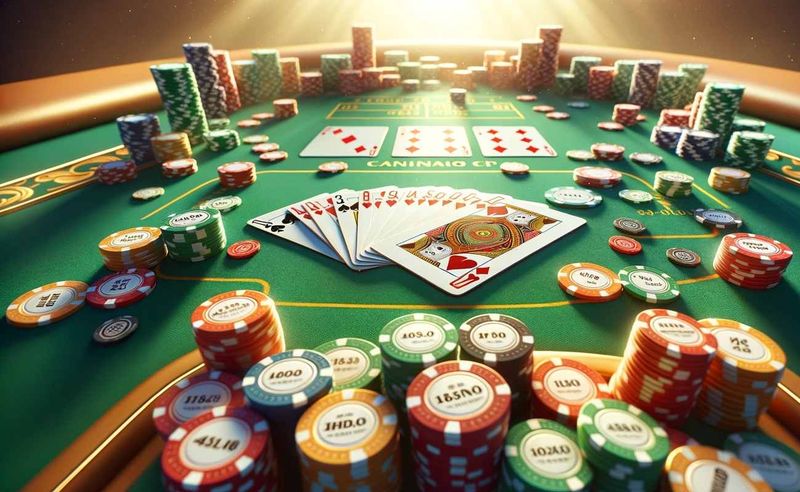
Buying a flush in poker can yield significant value if the hand is completed.
Strategy for Buying a Flush in Poker
When deciding to buy a flush in poker, you should consider several strategic factors to maximize your chances of success.
Assess the Odds
Probability is one of the most crucial factors when you want to buy a flush in poker. You need to calculate the odds of completing the flush based on the number of remaining cards in the deck and the cards you need.
For example, if you already have four cards of the same suit and need one more to complete the flush, you should check how many cards of that suit are left in the deck and evaluate the likelihood of their appearance. Utilizing your knowledge of pot odds can help you make more informed decisions. This will not only help you determine whether to continue pursuing the flush but also influence how you bet in subsequent rounds.
Make Reasonable Bets
When you decide to buy a flush in poker, consider the size of your bet carefully. A bet that is too small may not be enough to deter opponents, while a bet that is too large could result in losing more chips if you fail.
The advice is to strike a balance between betting enough to apply pressure on your opponents and not betting so much that you risk losing a significant number of chips. You should also consider the size of the pot and the number of chips you have left to make the best decision. This will help you control the game and optimize the value you can gain if you are successful.
Monitor Developments
Always keep an eye on how your opponents are betting; this is a crucial factor in the strategy of buying a flush in poker. If you notice that they are making strong moves, this could influence your decision on whether to continue pursuing the flush. Especially when you see an opponent raise their bet, you need to reassess the strength of your hand and your chances of completing the flush in the next betting round. Monitoring your opponents’ actions will help you make more accurate decisions and adjust your strategy accordingly.
Playing a Flush Draw as the Preflop Raiser
If you are the one who raised preflop, you have established a strong image and can apply pressure on your opponents. When the flop comes and there are two or more cards of the same suit, you should consider continuing to bet to maintain that pressure. You can place a small to medium-sized bet to gauge your opponents' reactions. If they call, this indicates that they may also be looking to pursue a flush or may already have a strong hand.
On the turn, if you do not receive the card you need but the pot is sizable, consider making a larger bet to pressure your opponents, especially if you feel they are at a disadvantage. If you complete the flush, a strong bet can help you maximize value, as there is a high likelihood that your opponents will call.
Playing a Flush Draw as the Preflop Caller
When you call preflop, you are in a more passive position but can still effectively pursue a flush. If the flop comes with cards that could create a flush, you should evaluate the bet from the previous raiser. If they make a large bet, consider their potential strength. If the pot is big and you have three cards of the same suit, calling the bet makes sense to continue pursuing the flush.
At the turn, if you do not receive the necessary card but still feel strong, consider making a small bet to see if you can pressure your opponent. If you complete the flush, that’s the time to make a strong bet to maximize the value from your hand.
Buying a flush in poker is an essential strategic decision. Understanding how to play as a preflop raiser or caller will help you optimize your chances of success. By considering the odds, making reasonable bets, and monitoring the developments of the game, you can enhance your winning potential and capitalize on favorable situations at the poker table.

You need to consider the betting situation when buying a flush in poker.
Risks of Buying a Flush in Poker
While buying a flush in poker can yield significant benefits, there are also numerous risks that you need to consider before deciding to pursue this hand. Here are some of the main risks associated with the strategy of buying a flush in poker.
Chip Loss
One of the biggest risks when buying a flush in poker is investing too many chips into a hand without success. If you continue to put money into the pot without completing your flush, you may lose more chips than necessary. This not only affects the number of chips in your stack but also creates psychological pressure.
As your chip count decreases, you may feel compelled to take greater risks in your subsequent decisions, leading to potentially poor choices in future hands.
Strong Opponents
Another risk is the presence of other opponents who might be pursuing a stronger hand or even have already completed one. If you buy a flush in poker without paying attention to your opponents' actions, you could easily fall into a trap. This is especially true in situations where opponents make large raises, indicating that they likely have a strong hand, making it risky to pursue your flush.
When you observe opponents betting aggressively, you must proceed with caution and reevaluate your chances of winning against them, which may lead you to abandon your pursuit of a flush in poker.
Missed Opportunities
Sometimes, an excessive focus on pursuing a flush can cause you to overlook better opportunities with other hands. If you only concentrate on the possibility of completing a flush without considering other hand combinations, you may misjudge the situation.
For example, you might hold a potentially stronger hand that you fail to recognize due to your overwhelming focus on the flush. This can lead to missed opportunities for larger wins with other hands, ultimately impacting your overall strategy during the game.
Gaming Psychology
Finally, a risk that cannot be overlooked is your gaming psychology. Being overly greedy when buying a flush in poker can lead to stress and anxiety, negatively affecting your decision-making ability.
When your mindset is unstable, you may make ill-considered decisions, reducing your chances of winning in subsequent hands. To avoid this, you should maintain a relaxed state of mind and focus on analyzing situations calmly and logically.

Buying a flush in poker helps to effectively control the size of the pot.
While buying a flush in poker opens up many opportunities, the accompanying risks should not be underestimated. By recognizing and evaluating these risks, you can make smarter decisions and improve your chances of success in the game of poker.
It is essential to carefully consider your options and maintain flexibility in your strategy to maximize your winning opportunities and minimize losses while playing poker.


